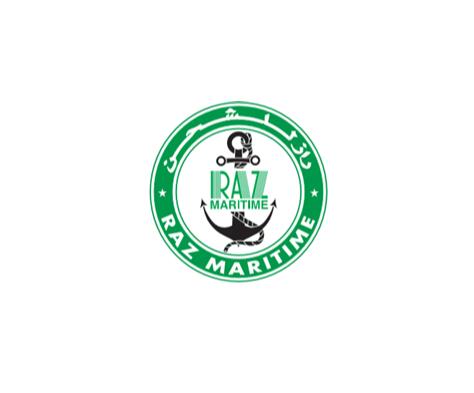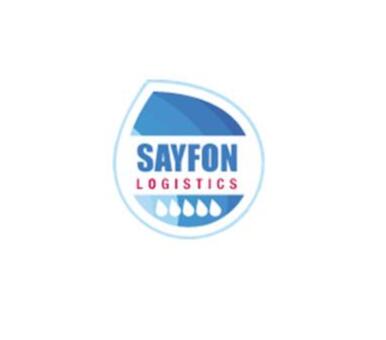GLA HOME > GLA NEWS > With near-zero rates, container lines target breakbulk, project cargo
Editor:glafamily Release time:2016-04-19 Browse:12128
Container lines will continue to aggressively target the depressed breakbulk and project cargo market with “close to zero” freight rates for the foreseeable future, according to Drewry Shipping Consultants.
The past year has been “dreadful” for the multipurpose vessel market as operators faced rock-bottom rates and competition for cargo from every angle, and it is not likely to recover until the end of 2017, the London-based consultancy says.
“Weak demand, coupled with falling commodity prices and the oversupply of tonnage in competing sectors has brought rates down to levels not seen since just after the global financial crisis,” according to Drewry’s Multipurpose Shipping Review and Forecast 2016 report.
Demand for multipurpose shipping declined 3 percent in 2015 due to slowing dry cargo demand while the sector faced increasing competition from handy bulk carriers and container ships.
The handy bulk carrier market closed 2015 “on its knees” with earnings less than half operating costs, whilecontainer lines were offering close to zero rates “just to hang on to market share.”
Dry cargo demand is set to improve in 2017 and beyond, but the multipurpose shipping market’s share will depend “almost entirely” on the competing shipping sectors.
Drewry says it expects both breakbulk and project cargo will return to growth but is not confident that the rival sectors will move back to their more traditional cargoes “any time soon.”
The container market is not expected to improve for two or possibly three years, so it is likely container vessels will continue to aggressively target breakbulk and project cargo for the foreseeable future.
“We expect the effective demand for the multipurpose vessel fleet to return to a positive trend with average annual growth of 2.7 percent to 2020,” said Susan Oatway, Drewry’s lead analyst for multipurpose shipping.
However, growth will be very subdued through 2016 and will not show any significant improvement until the end of 2017, due to a combination of a lack of project finance and aggressive competition from container ships and handy bulk carriers, she said.
The multipurpose fleet will grow at less than 0.5 percent a year through 2020, but while the project cargo fleet is expected to increase by almost 4 percent annually, the “pure” multipurpose fleet will contract by around 3 percent a year.
Multipurpose ship operators have borne untenable market conditions for longer than expected, but now there is a very real risk for the financial stability of a number of companies, according to Drewry.
“All this suggests that for those that can survive 2016 and position themselves with unique qualities — whether that is financial stability, good management, eco-friendly engines or extraordinary lift — there is an end to this recession,” Oatway says.
Previous:2016 GLA Conference during 25-27th/may in Zhengzhou, China Next:Germany’s Rickmers, ER Capital mull ship-management merger

GLA New Membership —— Raz Maritime Services in Saudi Arabia!


GLA Membership Renewal — Dynasty Air/Ocean Freight Co. Ltd in Taiwan!

GLA Membership Renewal — Oceanus Global Logistics in Vietnam!

GLA Membership Renewal — Ibero Logística e Trânsitos Lda in Portugal

GLA New Membership — AG Logistics & Supply Chain Co. Ltd in Cambodia